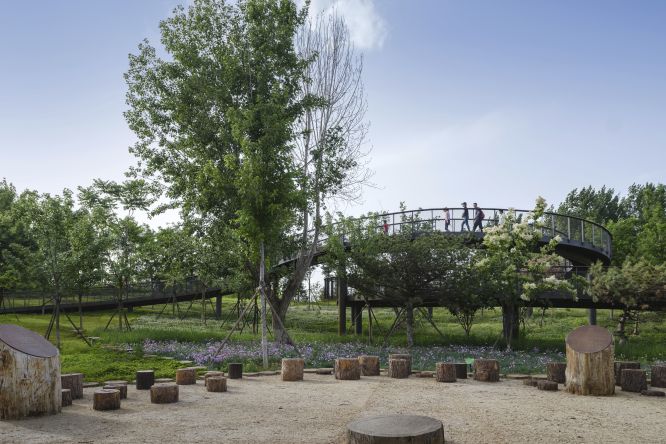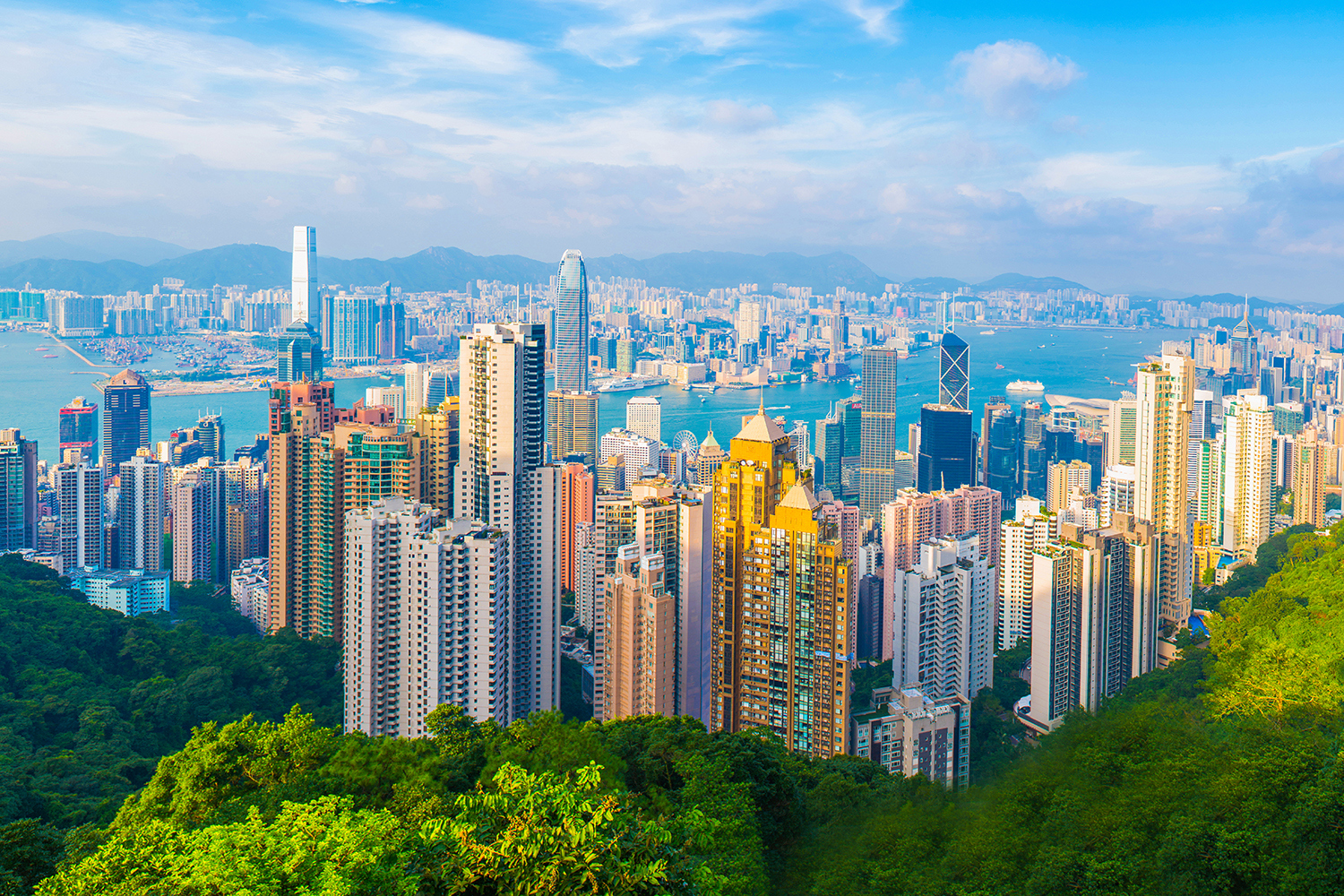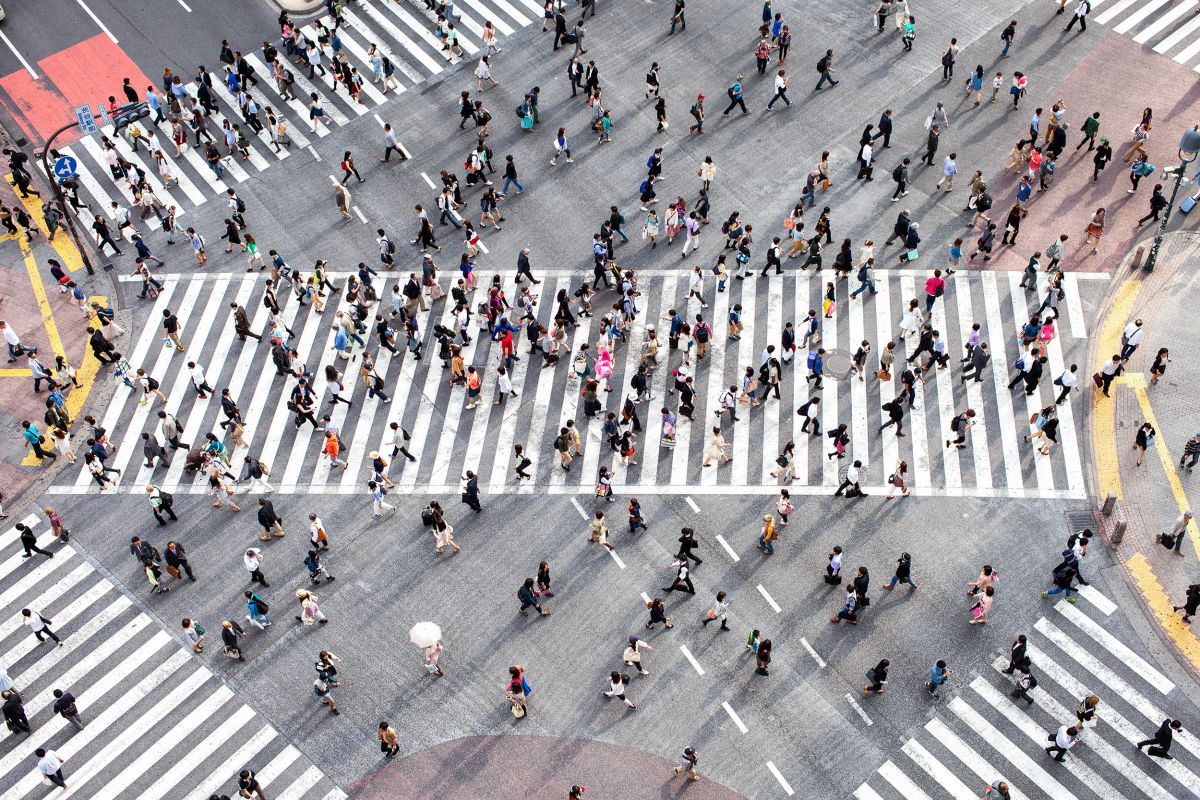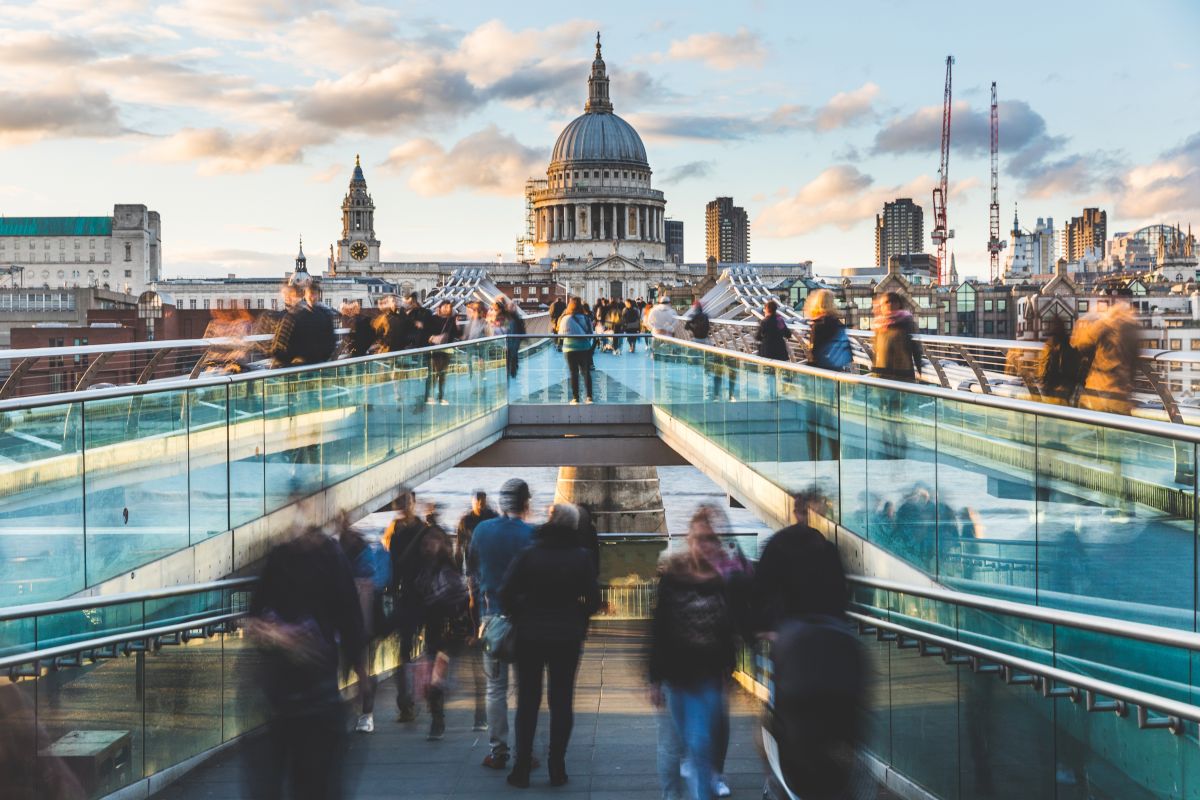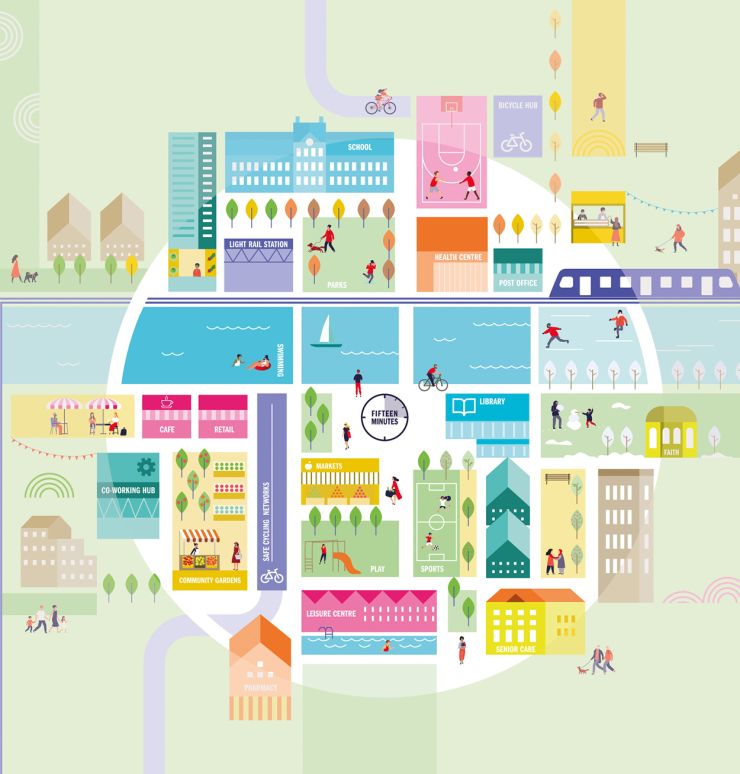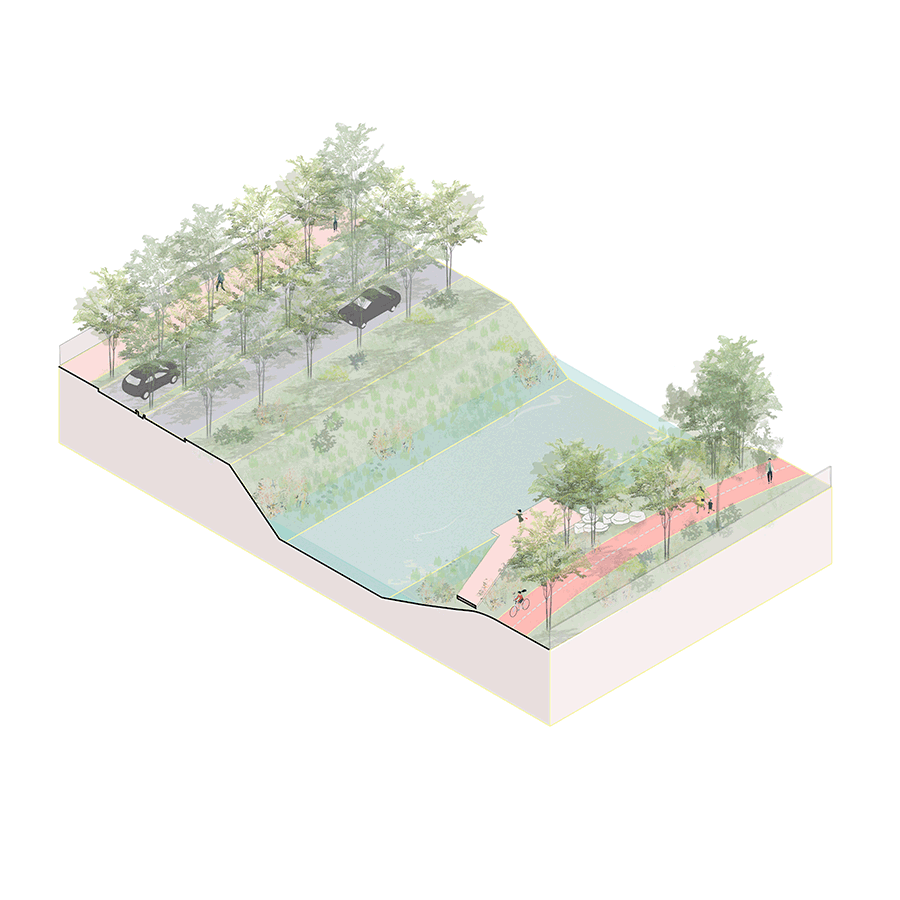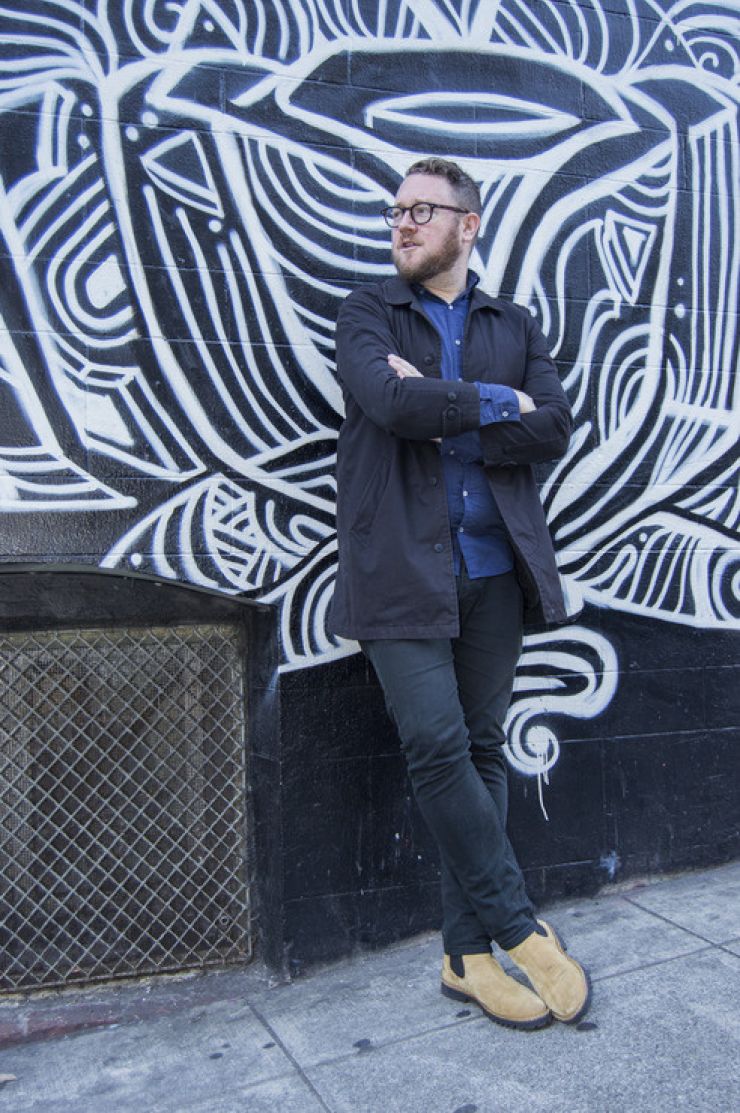Beautifully original
Beautifully original places celebrate the local landscape, character, and culture, creating outcomes that are as attractive to their daily users as they are competitive on the world stage.
With the prevalence of mass distribution systems and digital technology, cities have become global clusters of social interaction and commerce, in stark competition with one another to appeal to an international market of skills and assets.
That means cities are faced with at least three major identity challenges. First, how to remain competitive in an international environment. Second, how to operate globally while maintaining local relevance. And third, how to build a positive future while acknowledging the past and making reparations.
The answer to all of these questions lies in a return to more locally driven outcomes − inspired by local communities and appropriate for the natural conditions.
“Urban beauty is among the most important predictors of overall growth in a city’s population.”
Source: G. A. Carlino & A. Saiz (2019)
Both the World Economic Forum and the World Bank have established that cities often increase their competitiveness simply by becoming better at what they already do. In other words, by embracing their inherent originality.
View Riverside Green
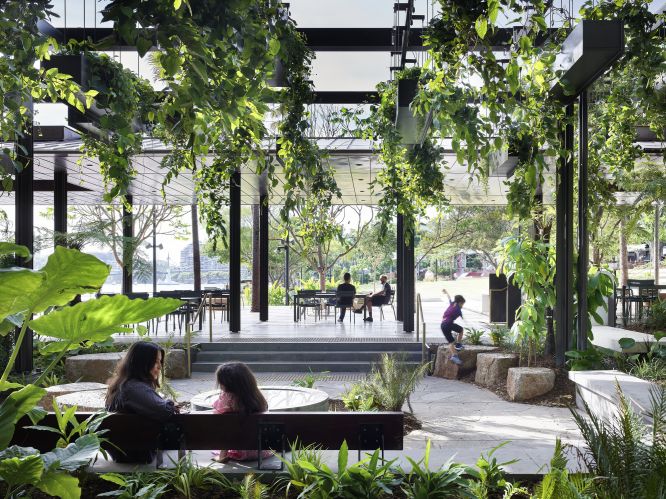
Conveniently compact
Compact places bring individuals, destinations, and services closer together, enabling more convenient lifestyle patterns that help people and the planet to save valuable energy, resources, and time.
All across the world, cities struggle to compete with the suburban promise of space, peace, and quiet. But ‘sprawl’ is impacting on the health and well-being of the natural environment, and destroying plant and wildlife habitats that are equally crucial for our own survival.
Cities and towns have always been places where people come together to seek economic and social opportunities, but the lack of quality in many urban clusters has also made both economic districts and local communities brittle.
For compactness to be desirable, the benefits need to be clearly explained, and density must be delivered alongside high-quality destinations, active travel networks and public amenities. That convenience will then bring people closer to the resources, amenities, experiences and destinations they need for healthy, happy lives.
“Increasing urban density by just 1% raises wages by 4% and reduces both per capita energy use and car use by 7%.”
Source: G. M. Ahlfeldt and E. Pietrostefani (2019)
View Flour Mill of Summer Hill
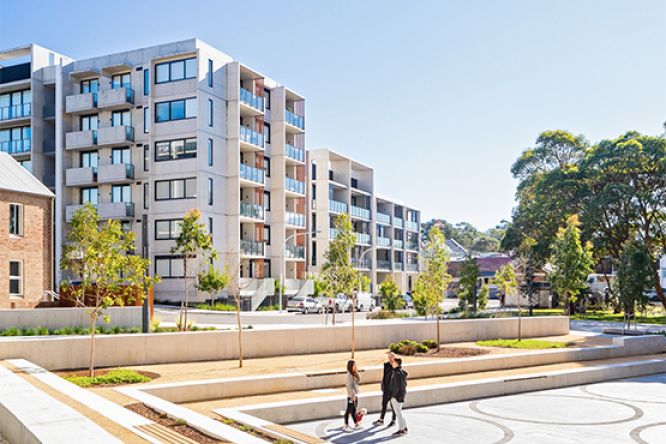
Richly diverse
Diverse places welcome a wide variety of activities and users, enriching the environment and creating overall more productive, collaborative, and inviting human and natural ecosystems.
From forests to cities, wetlands to neighbourhoods, diversity − both human and ecological − is a key indicator of the health and resilience of a place.
Biodiversity is the cornerstone of thriving and resilient ecosystems, and the survival of any one species can be linked the survival of the many.
At the same time, diversity of spaces, people, and economic activities is key to catalysing new commercial opportunities, entrepreneurship and innovation. These spaces create the conditions for new ideas and solutions to emerge where different people and industries intersect.
Diverse places are also more inclusive, ensuring all citizens (regardless of gender, age, race, background or ability) can participate in the political, economic and social life of the city − leading to more cohesive, thriving communities and greater equity.
“Spaces that increase interaction between people from diverse backgrounds can also help increase social empathy and decrease stereotyping and discrimination in both professional and social settings.”
Bai, X. and Ramos, M. R. and Fiske, S.T. (2020)
View Glasshouse Gardens

Openly networked
Networked places support the free and open movement of people and resources throughout the days and years, facilitating the sharing of assets required to sustain life and livelihoods.
Networks are formed by multiple intersecting connections, which can be either physical, digital, or emotional, or a combination of all three. These relationships are valuable in forming:
- Connected ecologies with critical interdependencies
- Complex economic systems with seamless, shared resource flows
- Accessible communities with strong social and professional networks
“The US government is due to invest US$1.2 trillion in bridges, roads, broadband, water and energy systems through a new infrastructure bill.”
Source: The White House, 2021
Urban places have a key role to play in facilitating the creation of healthy, accessible, multi-dimensional networks − one connection at a time.
View Metro North West

Playfully dynamic
Dynamic places can easily be modified in response to changing ecological, economic, and social circumstances, creating playful and agile environments that are always fit for purpose.
In a world populated by living organisms, shaped by moving parts, and fuelled by organic matter, constant change is inevitable. It’s essential that any life form can respond to these changes with relative ease, since even small adjustments can help to avoid a larger (potentially catastrophic) shift.
By creating urban environments that are as dynamic as our communities and planet, cities can be better positioned to respond to sudden changes and immediate user-centric needs, as well as to more slow-moving economic, societal, and technological shifts.
“Adaptable public space is used by more people in more diverse ways over a longer period of time.”
Source: Shehayeb (1995)
In a time faced by unprecedented climate change, exponential population growth, and rapid innovation, adaptable environments will be necessary to support our continued prosperity.
View Installations
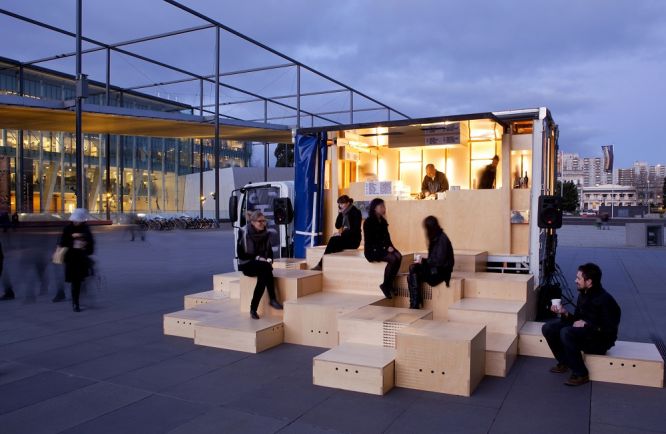
Naturally regenerative
Regenerative places grow better, stronger, and healthier over time, supporting people and nature to live well in the short term while safeguarding the wellbeing of future generations.
The Earth is a closed system, with a finite matter of energy and nutrition available from the planet and its atmosphere. This reality creates serious ecological boundaries around our extraction and consumption of resources.
“Over the next 40 years, the world is expected to build 230 billion square metres in new construction.”
Source: UN Environment (2017)
Where sustainable places are designed to preserve the stability of a certain ecosystem to secure its survival, regenerative places aim to restore the ecosystem holistically while also enhancing its capacity to thrive. Instead of merely mitigating or erasing our own negative effects on the planet, we can heal past damages and add value.
Regenerative places:
- Help plants and wildlife to thrive, restoring critical ecosystems, increasing biodiversity and maintaining food supplies vital to the survival of humans and nature
- Support long-term economic opportunity and stability, based on the continued health and availability of natural resources and climate stability
- Create better conditions for communities to thrive, with reliable access to food, water, energy, and natural materials in the long-term
View Central Green
